Species Photo Gallery for Idiocerus nervatus No Common Name 20 |
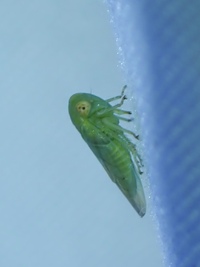 | Photo by: Kelli Ashby
Durham Co.
Comment: Attracted to UV light | 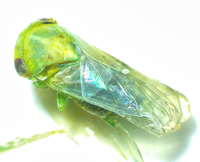 | Photo by: Ken Kneidel
Mecklenburg Co.
Comment: 4.4 mm female found stuck on a tree band on oak, dead |
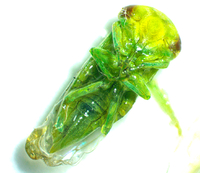 | Photo by: Ken Kneidel
Mecklenburg Co.
Comment: 4.4 mm female found stuck on a tree band on oak, dead | 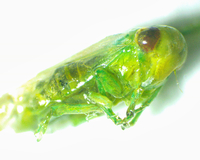 | Photo by: Ken Kneidel
Mecklenburg Co.
Comment: 4.4 mm female found stuck on a tree band on oak, dead |
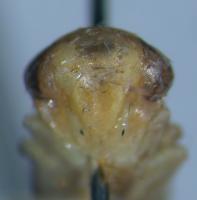 | Photo by: Bo Sullivan
Craven Co.
Comment: female, 4.0 mm | 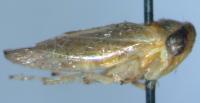 | Photo by: Bo Sullivan
Craven Co.
Comment: female, 4.0 mm |
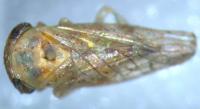 | Photo by: Bo Sullivan
Craven Co.
Comment: female, 4.0 mm | 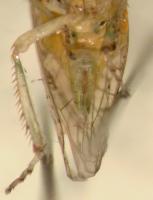 | Photo by: Bo Sullivan
Craven Co.
Comment: female, 4.0 mm |
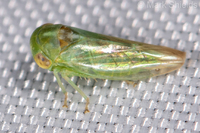 | Photo by: Mark Shields
Onslow Co.
Comment: | 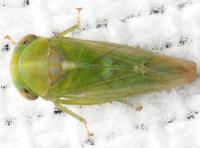 | Photo by: Ken Childs
Out Of State Co.
Comment: |
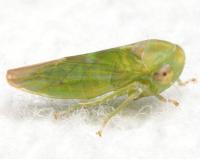 | Photo by: Ken Childs
Out Of State Co.
Comment: | 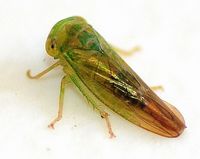 | Photo by: Kyle Kittelberger, Paul Scharf
Vance Co.
Comment: mostly brushy vegetation consisting of willows, etc., on shore of lake; some grass as well |
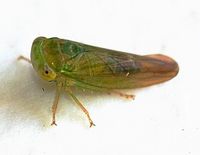 | Photo by: Kyle Kittelberger, Paul Scharf
Vance Co.
Comment: mostly brushy vegetation consisting of willows, etc., on shore of lake; some grass as well | 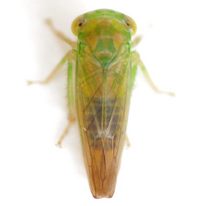 | Photo by: Kyle Kittelberger, Paul Scharf
Vance Co.
Comment: mostly brushy vegetation consisting of willows, etc., on shore of lake; some grass as well |
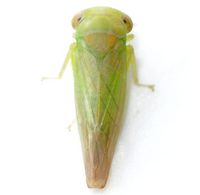 | Photo by: Kyle Kittelberger, Paul Scharf
Vance Co.
Comment: mostly brushy vegetation consisting of willows, etc., on shore of lake; some grass as well | 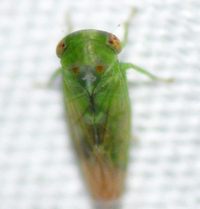 | Photo by: Kyle Kittelberger
Dare Co.
Comment: open, coastal, pine habitat |
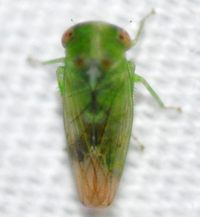 | Photo by: Kyle Kittelberger
Dare Co.
Comment: open, coastal, pine habitat | 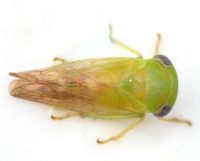 | Photo by: Kyle Kittelberger, Brian Bockhahn
Washington Co.
Comment: open habitat near forest edge; in parking lot |
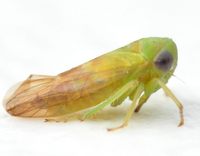 | Photo by: Kyle Kittelberger, Brian Bockhahn
Washington Co.
Comment: open habitat near forest edge; in parking lot | 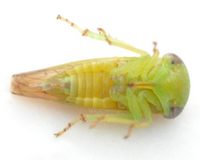 | Photo by: Kyle Kittelberger, Brian Bockhahn
Washington Co.
Comment: open habitat near forest edge; in parking lot |
|

 »
»
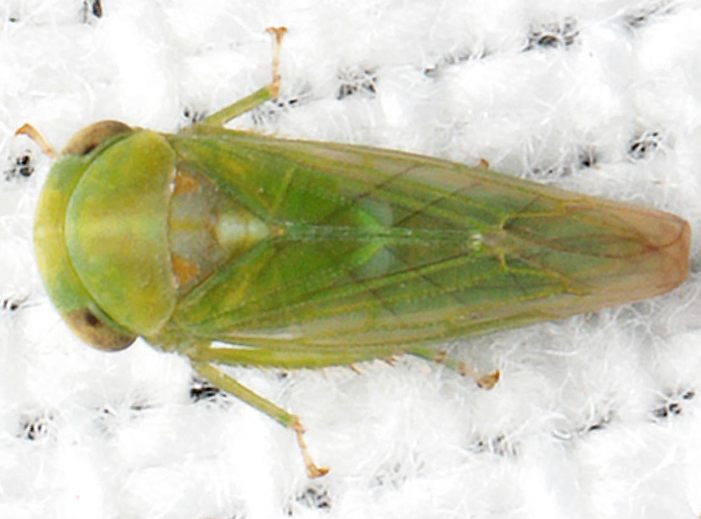
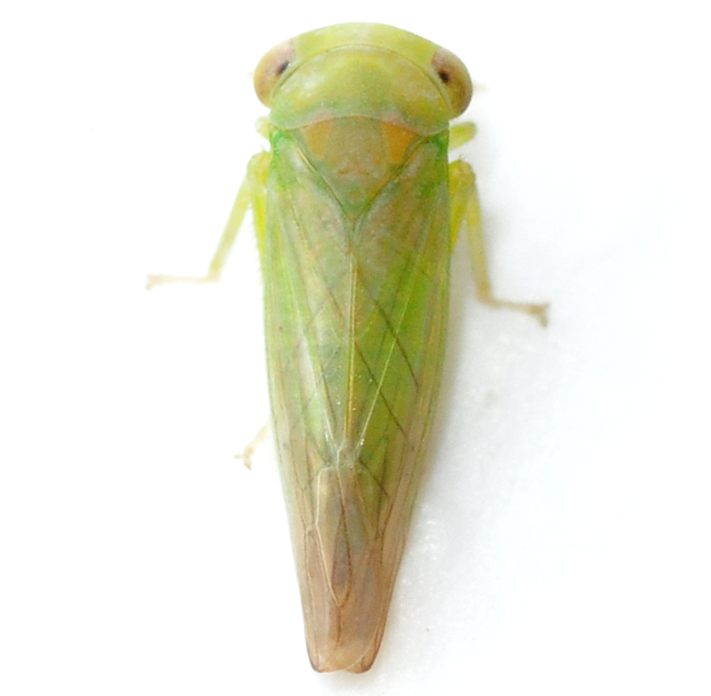
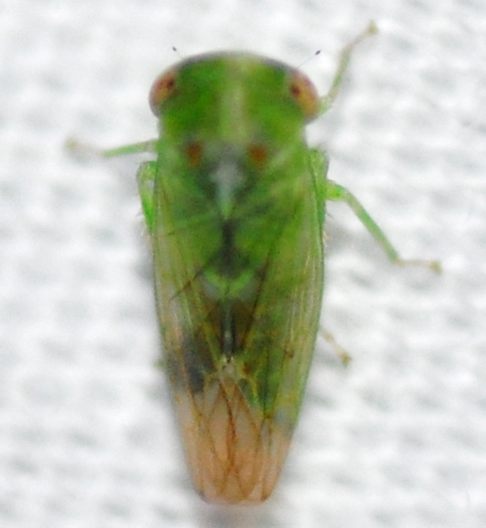

 »
»


